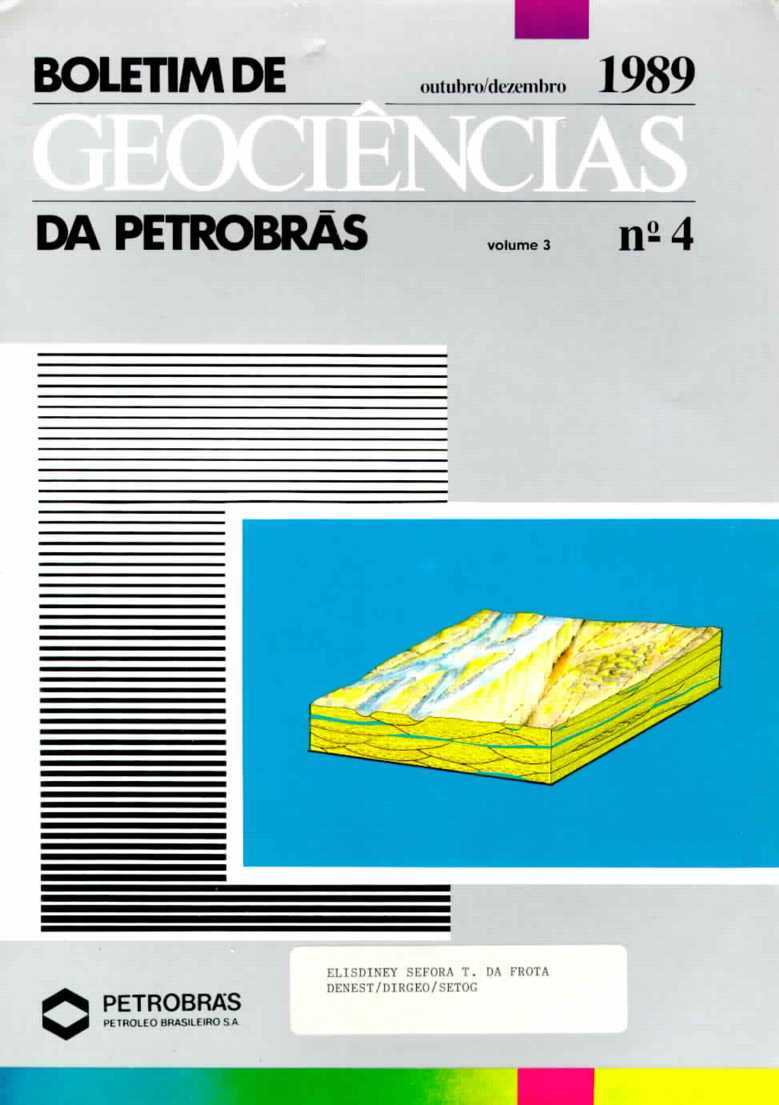Sedimentary facies: the evolution of porosity and reservoir quality in the Sergi formation, fazenda Boa Esperança field, Reconcavo Basin
Abstract
A sedimentologic study of the Jurassic Sergi Formation in the Fazenda Boa Esperança oil field identified five facies whose characteristics can be related to the intensíty of diagenetic processes and consequently to reservoir quality. Facies A and B involve fluvial channel and bar sands consisting mostly of sandstones and conglomerates. Facies C and D reter to fine sandstones, siltstones, and shales deposited during fluvial flood stages. Facies E refers to bimodal sandstones deposited following the eolian reworkíng of exposed fluvial bars or abandoned fluvial deposits. The depositional sequence of the Sergi Formation evolved from sediments deposited in a fluvial environment at the base and midsection, grading upwards to sediments deposited predominantly in an eolian environment. The sediments of the upper Sergi Formation are fluvial sands reworked by eolian processes. The Sergi Formation was deposited in a continental environment, in an arid to semi-arid climate which controlled the diagenetic evolution of the sands and consequen tly their reservoir quality and, particularly, their porosity. Eodiagenetic processes such as the mechanical infiltration of clays and calcrete formation are the key factors determining the quality of fluvial facies reservoirs. Despite their high clay content, facies A reservoirs display good macroporosity values, mostly due to clay shrinkage during mesodiagenesis. Facies 8 reservoirs have a lower clay content than facies A reservoirs, but the former are more extensively cemented and consequen tly d1splay lower porosity than the latter. Facies E sediments present the best reservoirs in the field, since they were not extensively altered by eodiagenetic processes. Facies C and D sediments do not display adequa te reservoir quality. The Sergi Formation in the Fazenda Boa Esperança field has been divided into six production zones, on the basis of hydrocarbon yield. Located ln the upper part of the Sergi Format1on, zones I and li are the most productive. Zone I consists mainly of facies E (eolian sandstones) whereas the majority of zone li reservoirs consists of facies A and 8 (fluvial sandstones).
Downloads
Published
Issue
Section
License

This work is licensed under a Creative Commons Attribution 4.0 International License.
This license enables reusers to distribute, remix, adapt, and build upon the material in any medium or format, so long as attribution is given to the creator. The license allows for commercial use.



